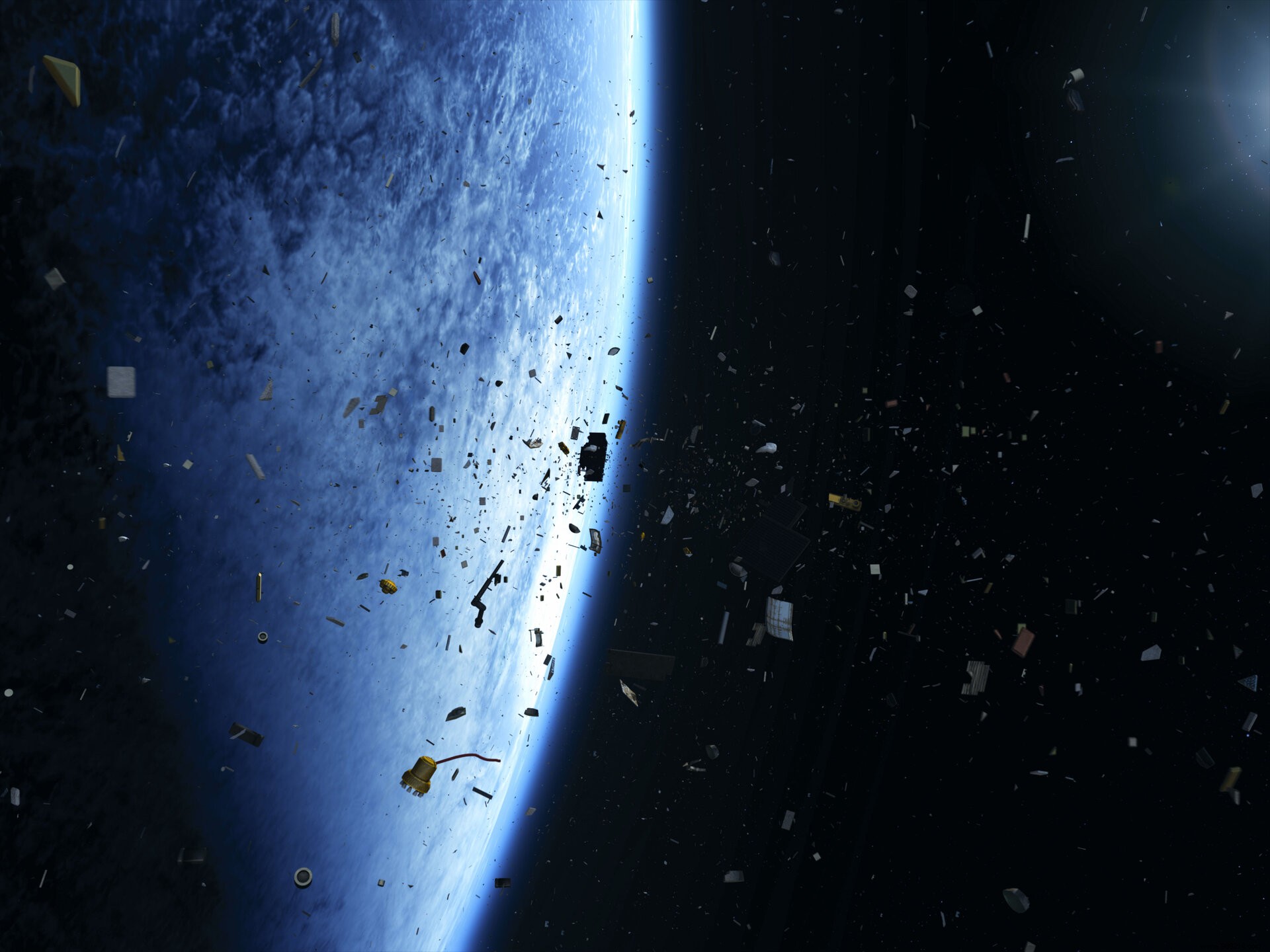A few months ago, a Chinese satellite broke into several pieces. In reality, according to an astrophysicist specializing in satellites, he encountered space debris. The expert thinks that the frequency of this type of incident will increase in the future, proportionally to the increase in the quantity of satellites present in orbit.
On March 18, 2021, the Chinese military satellite Yunhai 1-02 shattered into 21 pieces , or even more. The reason was not really known until the intervention of Jonathan McDowell, astrophysicist at the Harvard-Smithsonian Center for Astrophysics (United States). This satellite specialist referred to his investigation on Twitter on August 15, 2021 in which he talks about the cause of the incident. According to him, this can be explained by a collision with space debris.
The scientist explains that he spotted an entry relating to a rather particular space debris on the Space-Track.org database. Named Object 48078, it belonged to the Zenit-2 rocket that launched a Russian satellite in 1996. However, the base included the mention “Collided with satellite “, testifying to a collision with a satellite. This was a comment Jonathan McDowell had never seen before.
The astrophysicist then followed this lead and discovered a coherence between the famous collision involving Object 48078 and the moment when Yunhai 1-02 fractured. It is therefore formal:the Chinese satellite and the Russian debris passed within a kilometer of each other at 3:41 a.m. on March 18, 2021. However, this kilometer of distance is within the margin of uncertainty.

In an article dated August 17, 2021, the Space.com site gave him the floor. The expert indicated that this type of collision is still quite rare, but that in the long term, the danger will be proportional to the accumulation of space debris . At a time of deployment of many satellites, including those of the Starlink project, fears are very real and effective cleaning solutions must absolutely be developed. Let us recall in passing that a few months ago, space debris also hit one of the arms of the International Space Station (ISS).
Among the institutions working on cleaning solutions, we find the European Space Agency (ESA). The latter recently estimated at approximately 34,000 the amount of space debris larger than 10 cm , nearly 900,000 for those with a size between 1 and 10 cm and no less than 128 million for those with a diameter between 1 mm and 1 cm. For the agency, this situation is alarming and could threaten the future of Man in space.